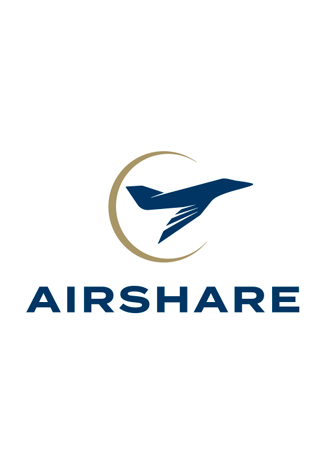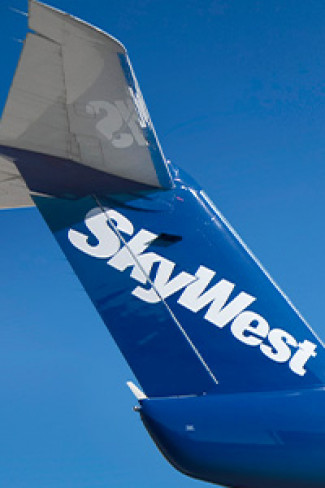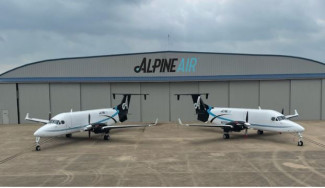Carbon Trading - Coming Soon?
EU ETS supporters state that including aviation will be significant because aviation emissions, which are growing rapidly, will be capped at their average level in 2004-2006. By 2020 supporters claim a total of 183 million metric tons of CO2 will be saved per year on the flights covered, a 46% reduction compared with no emission controls.
If the EU ETS program is implemented, what would it mean for airlines?
Like other industrial facilities, airlines will be allotted a certain amount of tradable Allowances, permitting them to emit a certain amount of CO2 per year. At the end of every year, each airline will be required to give the EU allowances equal to their total emissions. These allowances can come from the allotment they were given at the beginning of the year or from surplus allowances purchased from other companies/industries. In addition, airlines can buy emission allowances from clean energy projects carried out in less developed countries under the Kyoto Protocol. The total number of allowances available to all airlines will be capped at the average level of emissions in the years 2004-2006.
In theory, the allocation of allowances to each airline will be decided on the basis of its share of overall passenger and cargo traffic on the routes to be covered by the EU ETS. Each airline will calculate its annual emissions on the basis of its fuel consumption multiplied by a standard emission factor.
Enforcement will occur in the same way as for other sectors in the EU ETS. This means that if an airline fails to come up with enough allowances to cover its emissions in a given year, they get fined (100Â? for every metric ton of CO2 not covered by allowances) and the airline would no longer be able to sell its allowances.
Airlines can reduce their emissions in several ways, including investment in more efficient aircraft and engines and by optimizing operations. Far and away, the greatest emission reductions come from accelerated fleet renewal. Aircraft currently in service also have potential for modest improvements. For example some aircraft can be retrofitted with devices at the tip of the wings, new surface treatments can be applied to reduce drag (air resistance). In some cases engines can be replaced with newer, more efficient models. Airlines can also optimize their timetables, route network, and flight frequencies to minimize the number of empty seats flown. In the longer term, more efficient technologies and alternative fuels may be required for airlines to expand or maintain their route networks.
While it sounds like a good idea, lets remember that it is at its core, a Scheme, and a government hatched one at that. So what are the less noble consequences of the ETS?
Economic protectionism disguised as environmental law: Airlines that are based in countries that are not signatories of the Kyoto Protocol (read, the U.S.A.) are held to a different standard. US airlines state that with the present EU proposal, the only way for US carriers to comply would be to reduce European flying by approximately 30%. Airlines based in Kyoto signatory states can spread their impact over their nation's entire transportation industry. Airlines from non-signatory states are unable to do this.
Increased consumption is hardly green: Airlines buying new airplanes more often (to maintain their business while not exceeding their allotted allowances) is little more than mandated squandering of the worlds resources. Compare the green house gas emissions required to turn raw materials into a new airplane against the difference in emissions between a new and existing aircraft and the benefits become dubious at best. Another likely unintended consequence will be the increase in the number of aircraft on the used market. These additional aircraft will find their way to less developed countries where they will add to the world's carbon emissions. On the other hand, Airbus and Boeing stand to benefit enormously.
Who pays for the new requirements and who benefits? Higher costs will most certainly lead to higher ticket prices for consumers. Will there be a benefit to the consumer in the form of a better environment? Will the allowances quota become a tool to prevent new airlines from entering the market? Will these higher costs lead to a less polluted world or will the ETS merely subsidize certain favored airlines and aircraft manufactures? These are questions that need to be addressed.
The International Civil Aviation Organization (ICAO) appears skeptical of the European Union's motives. ICAO passed a resolution in September 2007 stating "emissions trading schemes should not be applied [by states and governing bodies such as the European Union] to aircraft of foreign countries without mutual consent. The EU responded by announcing they would forge ahead with the inclusion of aviation into the EU ETS on schedule.
Stay tuned to this developing story on aviation inclusion in the EU ETS and how it will affect your ability to travel, your pocketbook, and your environment.
-

Airshare 07/22/2024
-
Alpine Air 07/18/2024
-

Atlas Air 07/17/2024
-

Piedmont Airlines 07/10/2024
-

SkyWest 07/09/2024
 AIRLINE PILOT CENTRAL
AIRLINE PILOT CENTRAL